Summary (TL;DR)
Carolina Millon’s cancer journey shows how patients are no longer passive recipients of care. By using AI tools to interpret medical jargon, explore treatment options, and prepare questions, she became an informed partner in decision-making. This shift highlights a broader trend in healthcare: patients arriving informed, clinicians focusing on empathy, and AI supporting clarity. The doctor’s role remains essential, but now patients can collaborate as equals. This change has profound implications: less confusion, more agency, and better outcomes through stronger partnerships.
Case Presentation: Carolina’s Story
When Carolina Millon received an unexpected biopsy result in her inbox, she saw only two words she understood: “invasive carcinoma.” The rest was a blur of medical jargon. Panic set in. Her doctor wouldn’t be available for hours, and she needed to know what she was facing.
In that moment, she turned to a tool that could explain her report in plain language. Within seconds, she had a clear, comprehensible summary of what those complex terms meant. This didn’t replace her doctor—but it transformed the hours of anxious uncertainty into time she could use to prepare informed questions and focus on next steps.
Seeking Clarity, Building Confidence
Throughout her treatment, Carolina continued to seek clarity. When her medical team presented differing opinions on whether she should undergo radiation, she used the same approach to explore evidence-based perspectives.
The result was not a prescription or a replacement for professional advice, but a structured breakdown of pros and cons. It mirrored what her doctors had explained—while offering more detail than a single consultation could contain.
From Passive Recipient to Active Partner
What made this remarkable wasn’t the technology itself—it was the shift it enabled. Carolina moved from feeling like a passive recipient of care to becoming an active partner in her own health decisions.
She could speak the language of her doctors, understand the nuances, and advocate for herself with confidence. This partnership didn’t reduce the importance of her doctors—it elevated the quality of her interactions with them.
A Larger Shift in Healthcare
Carolina’s experience reflects a wider transformation underway in healthcare. As patients gain greater access to understandable, accurate information, the traditional doctor–patient dynamic is evolving.
The doctor remains essential as the expert guide. But the patient now arrives better informed, ready to collaborate, and more capable of participating in their own care.
Why This Matters for Patients Everywhere
For patients everywhere, this mindset shift—from passive patient to active partner—has enormous implications:
- Less confusion in critical moments.
- More agency in making decisions.
- Ultimately, better outcomes through stronger collaboration.
This is not about replacing the doctor. It is about equipping both patient and clinician with the same high-quality understanding so that the conversation shifts from one-sided instruction to true partnership.
Watch Carolina’s Story
🎥 You can watch Carolina’s story here → Carolina Millon’s healthcare journey (case study segment: 34:35–40:55).
🎥 For a deeper look, you can also explore this extended 12-minute case presentation → Carolina’s Cancer Journey (YouTube)
While the case was curated by OpenAI, the possibilities shown are achievable with most large language models. In our work, we are exploring how these tools can be used responsibly in practice—always with the principle that AI supports, but humans decide.
go to: | Start | Top of This Section | End
Relevant Blogs in This Series
This case study is just the beginning. In the coming articles, we’ll explore what Carolina’s story reveals about the future of healthcare, and how medical practices can take practical steps to start using AI today.
- From Patients to Partners — How informed patients like Carolina Millon are reshaping care. (This Blog)
- The Five Dimensions of Patient-Centred Care.
- From Ancient Egypt to AI — The fastest leap in the doctor–patient relationship in history.
- Breaking Barriers — How GPT-5 is advancing multimodal medical reasoning beyond human expertise.
- From Patients to Partners — AI’s real-world impact on healthcare.
- Understanding the Patient Journey — A new framework for communication in modern healthcare.
🌍 We hope this series will serve as a mini masterclass for practitioners and healthcare innovators — helping to reimagine healthcare and shape it for the better.
💬 Before you move on, we’d love to hear from you:
What are your thoughts on Carolina’s case study? How do you see it changing the nature of healthcare and medical practice? Or, is there something you’d like us to explore more deeply?
Your feedback will help us refine and shape the rest of this series to provide even more value for medical practices. Please scroll down and share your comments below.
go to: | Start | Top of This Section | End
Research Evidence
Recent research on GPT-5’s multimodal medical reasoning capabilities shows that the latest generation of AI can integrate text, structured data, and medical images to produce reasoning that, in benchmark tests, surpasses pre-licensed human experts.
This aligns with Carolina’s experience — demonstrating that tools like these can help patients access accurate, comprehensible medical information, making them better prepared to participate meaningfully in care decisions.
Read our full review here: Breaking Barriers: How GPT-5 is Advancing Multimodal Medical Reasoning Beyond Human Expertise.
go to: | Start | Top of This Section | End
Join the Movement
If Carolina’s story inspires you, imagine the possibilities when more patients and healthcare providers work together this way. AI in Practice for Healthcare Innovators is a growing community of healthcare leaders, clinicians, and forward-thinkers exploring how AI can be used responsibly to empower patients, support clinicians, and improve outcomes.
Connect with Co-Create Care movement.
→ Facebook Group: Aligning for Excellence
→ Community Link – Meetup Discussions @ AI in Practice (Our Fortnightly Online forum for live discussions)
Together, we can shape a future where healthcare isn’t just sustainable—it’s remarkable.
go to: | Start | Top of This Section | End
Reference
OpenAI (2024) Introducing GPT-5 [YouTube video]. Available at: https://www.youtube.com/live/0Uu_VJeVVfo?t=2075 (Accessed: 11 August 2025). Segment: 34:35–40:55.
Mastis, L. (2025). Cancer Patient Uses AI… What It Told Her Changes EVERYTHING. [online] YouTube – Lindsey Mastis. Available at: https://youtu.be/ptSCRRo6cDU?si=VhON7FRk7sriX5tY [21 August 2025].
go to: | Start | Top of This Section | End

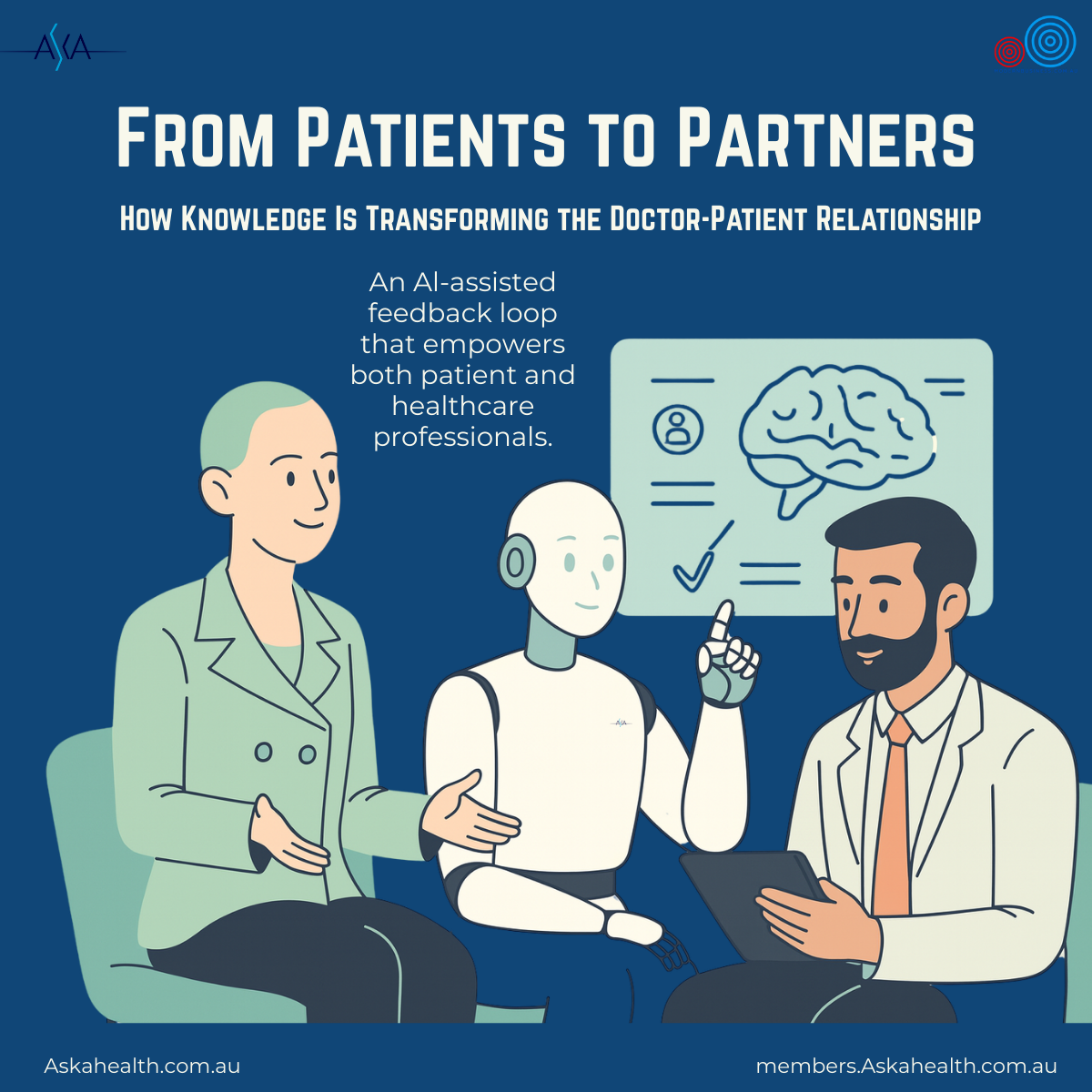

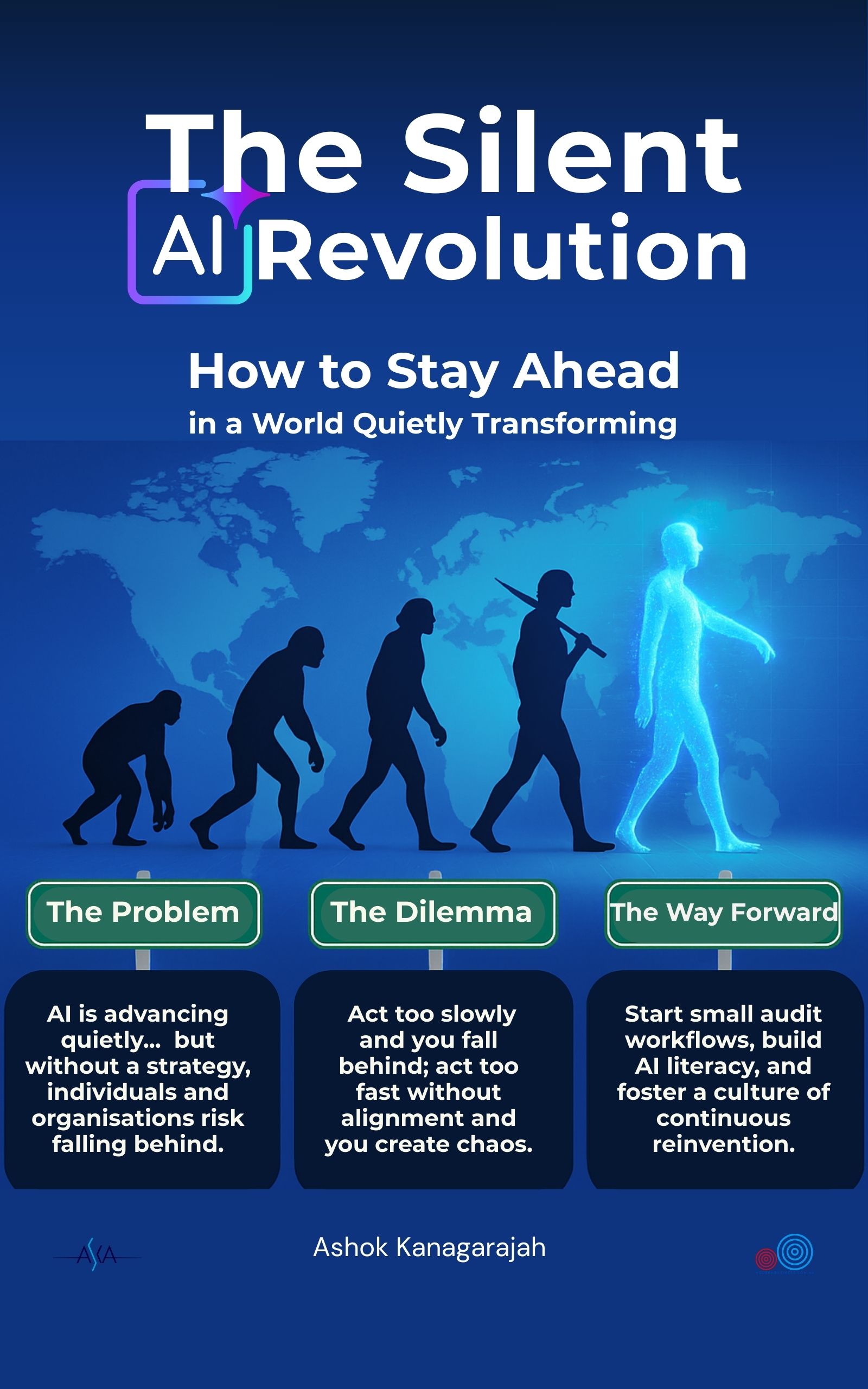
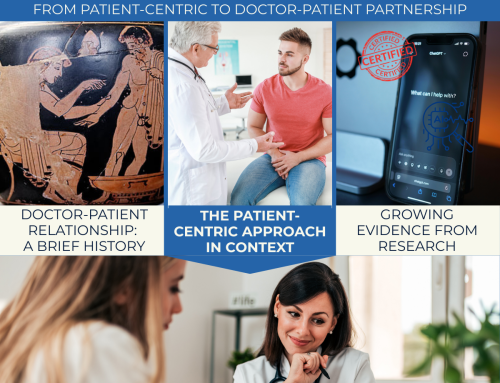
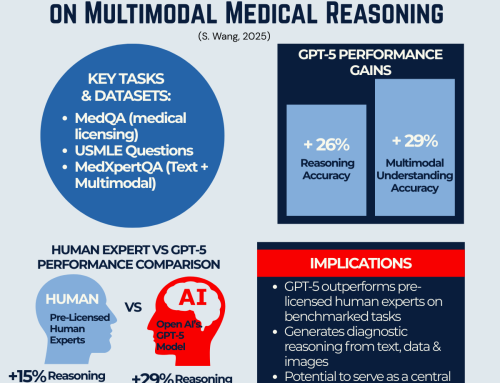
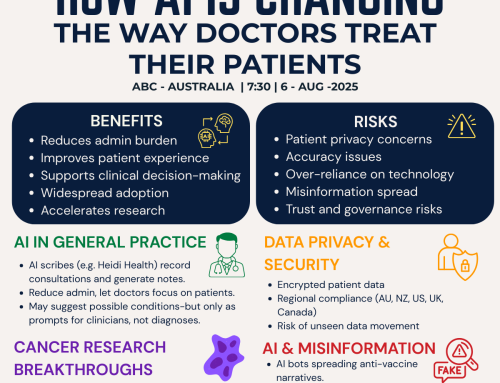
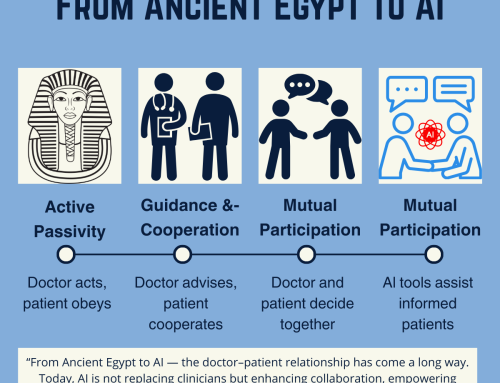
Leave A Comment